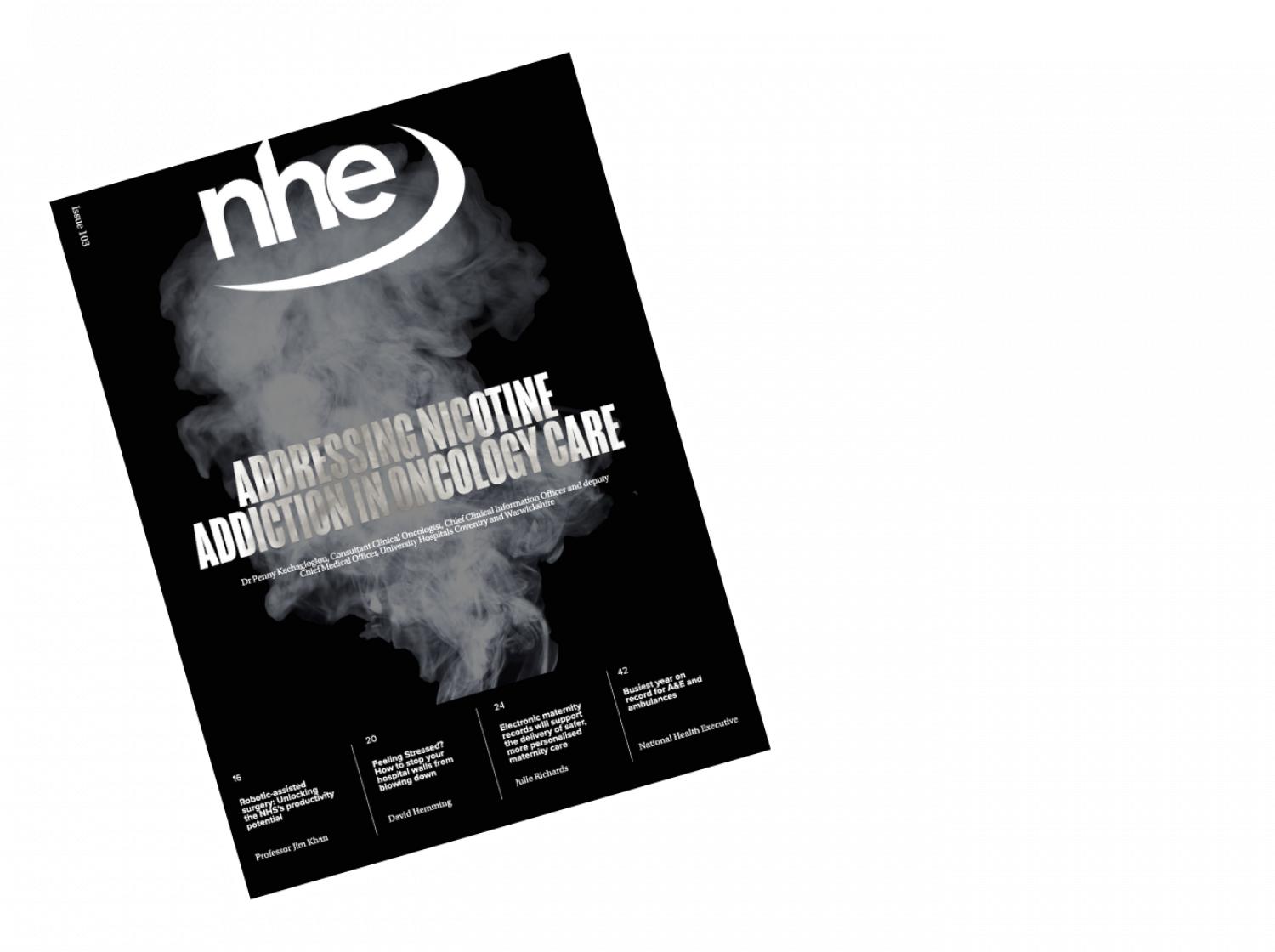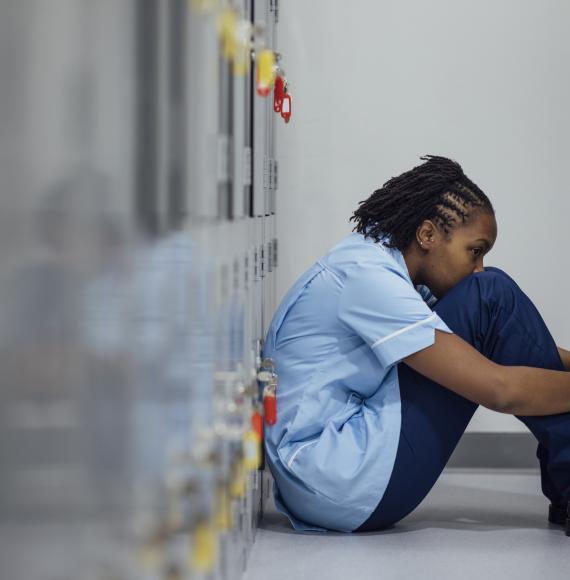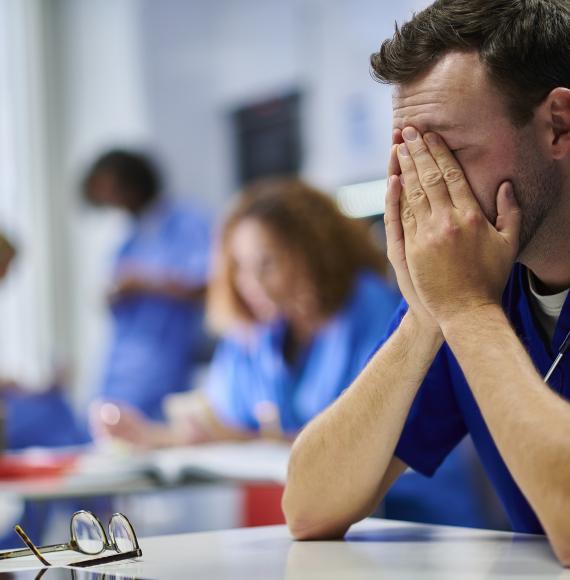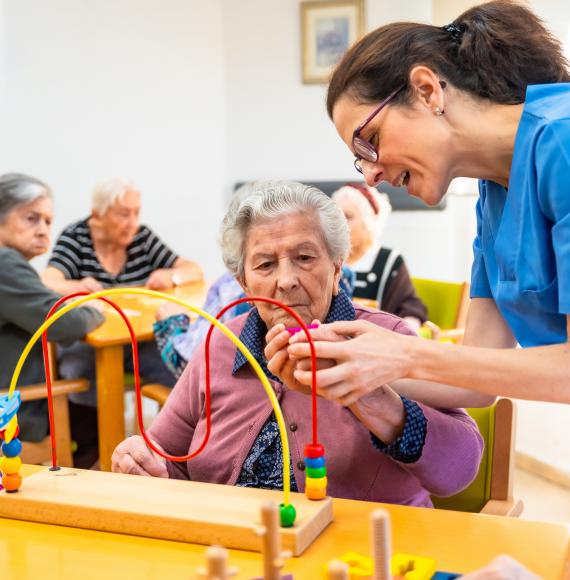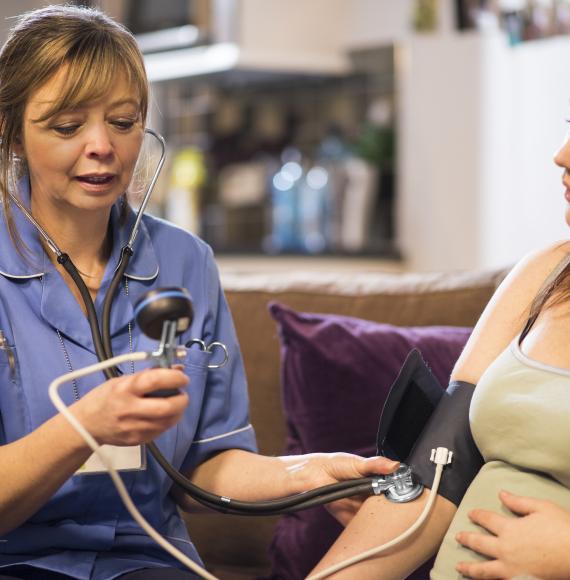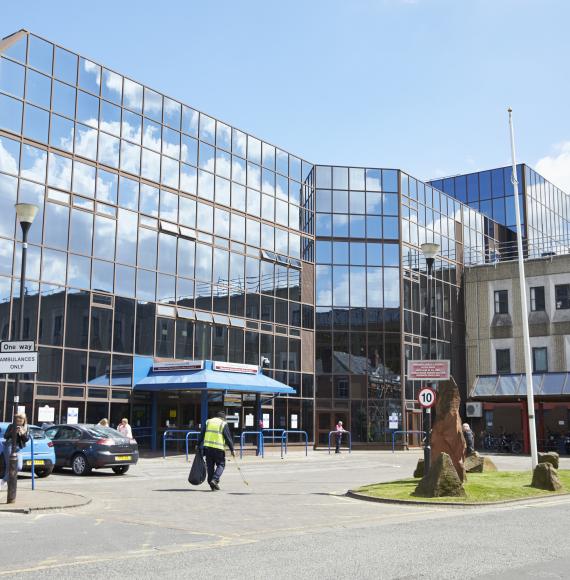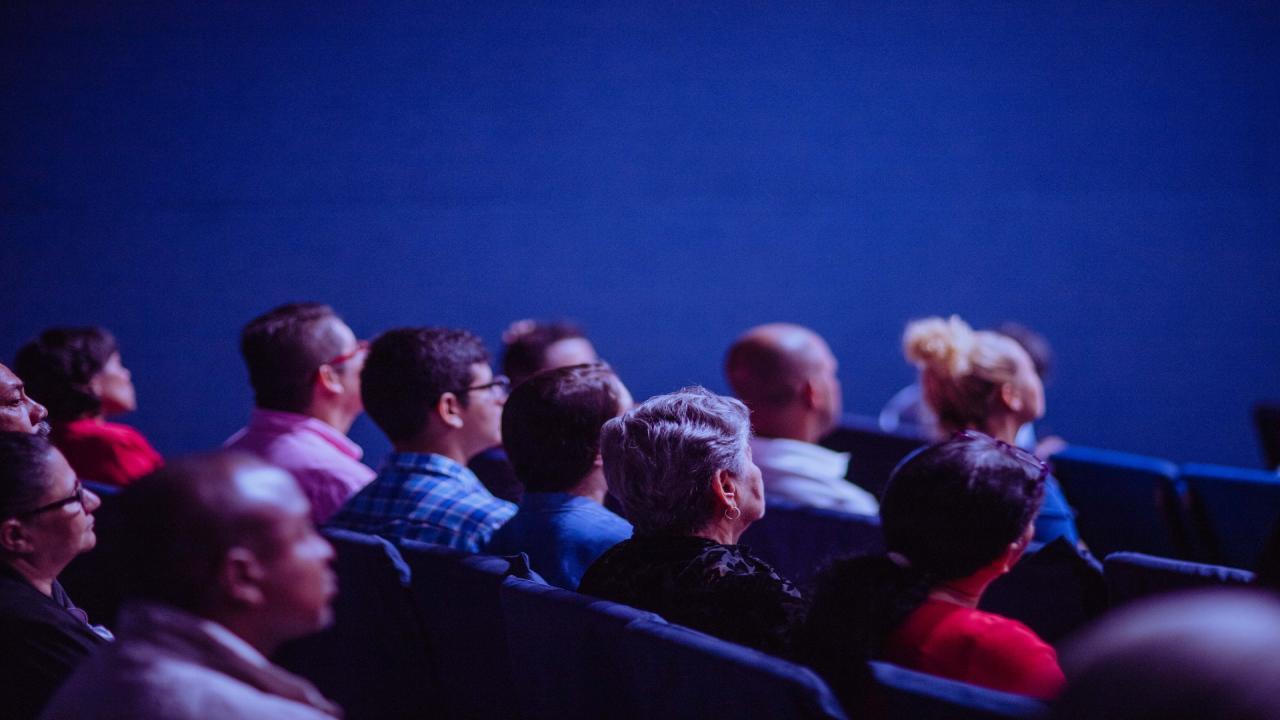Stroke care and research teams have joined forces to test a groundbreaking nerve stimulation therapy designed to improve hand and arm weakness in stroke survivors.
The innovative treatment, known as TRanscutaneous lImb reCovEry Post-Stroke (TRICEPS), delivers electrical pulses to a patient's brain via a portable, pacemaker-like device during rehabilitation therapy.
Janet Schmitt, AHP Consultant Stroke Practitioner, said:
“Around 110,000 people suffer with a stroke in the UK every year and one third of stroke survivors are left with permanent arm weakness, which can make daily activities difficult.
“Rehabilitation therapy is the main treatment for people recovering from a stroke, but the benefits are modest, and many stroke survivors have persisting arm weakness, limiting their ability to self-care, which in turn creates pressure on the NHS and social care.
“The TRICEPS trial will build on the results of a recent clinical trial, which showed that, when combined with therapy, stimulating damaged areas of the brain using TVNS improved arm recovery in stroke survivors to a greater degree than if only therapy alone was provided.
“The stimulation is triggered via a lightweight, wearable pacemaker-like device, which connects to a wired earpiece. It’s automatically activated as the patient’s arm is moved during therapy, while the connected earpiece gently tickles the ear, meaning participants can access the treatment at home and without the need for a surgical implant.”
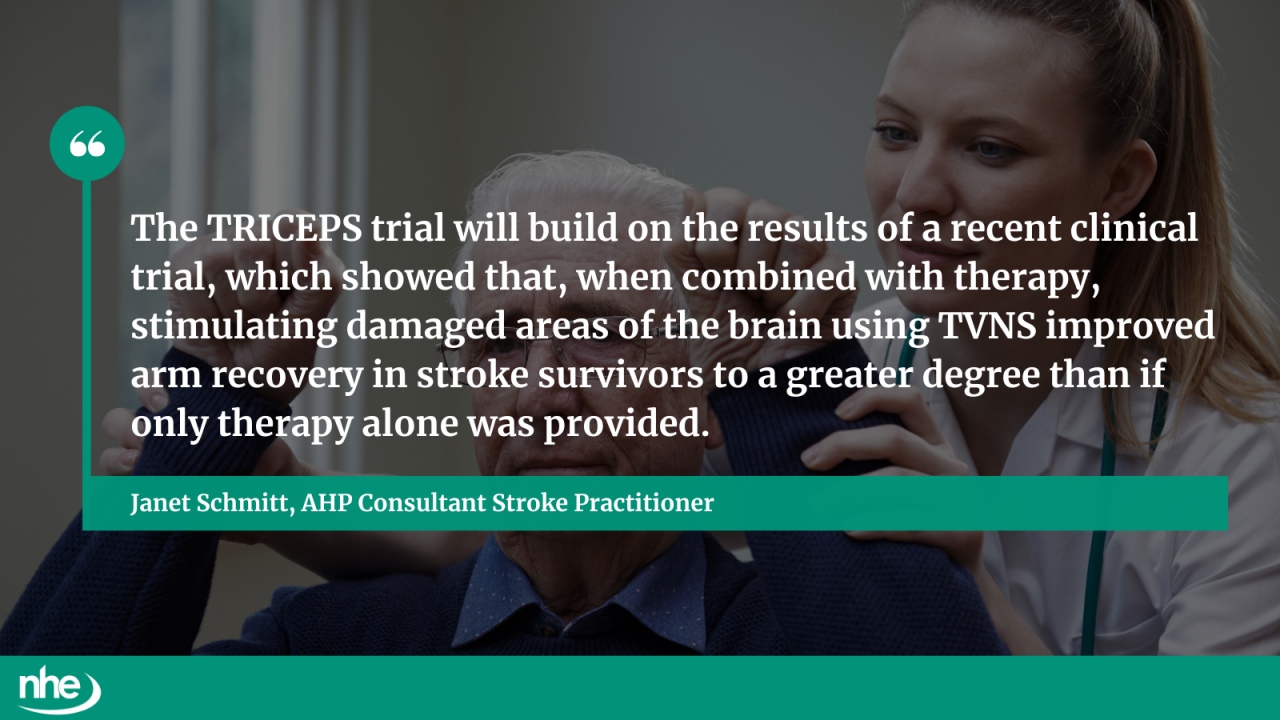
Led nationally by researchers from Sheffield Teaching Hospitals NHS Foundation Trust and the University of Sheffield, the trial is funded by the National Institute for Health and Care Research and the Medical Research Council. Stroke clinicians in Somerset are also actively recruiting patients to participate in the study, which is the first of its kind to investigate whether transcutaneous vagus nerve stimulation (TVNS) can enhance hand and arm recovery when used as a self-delivered treatment during stroke rehabilitation.
Researchers hope that the portable stimulation device will enable the revolutionary treatment to be provided to a larger number of stroke patients, making it cost-effective and scalable. Some patients will also be asked to wear the device while performing their usual daily activities for a period of 12 weeks.
Image credit: iStock



